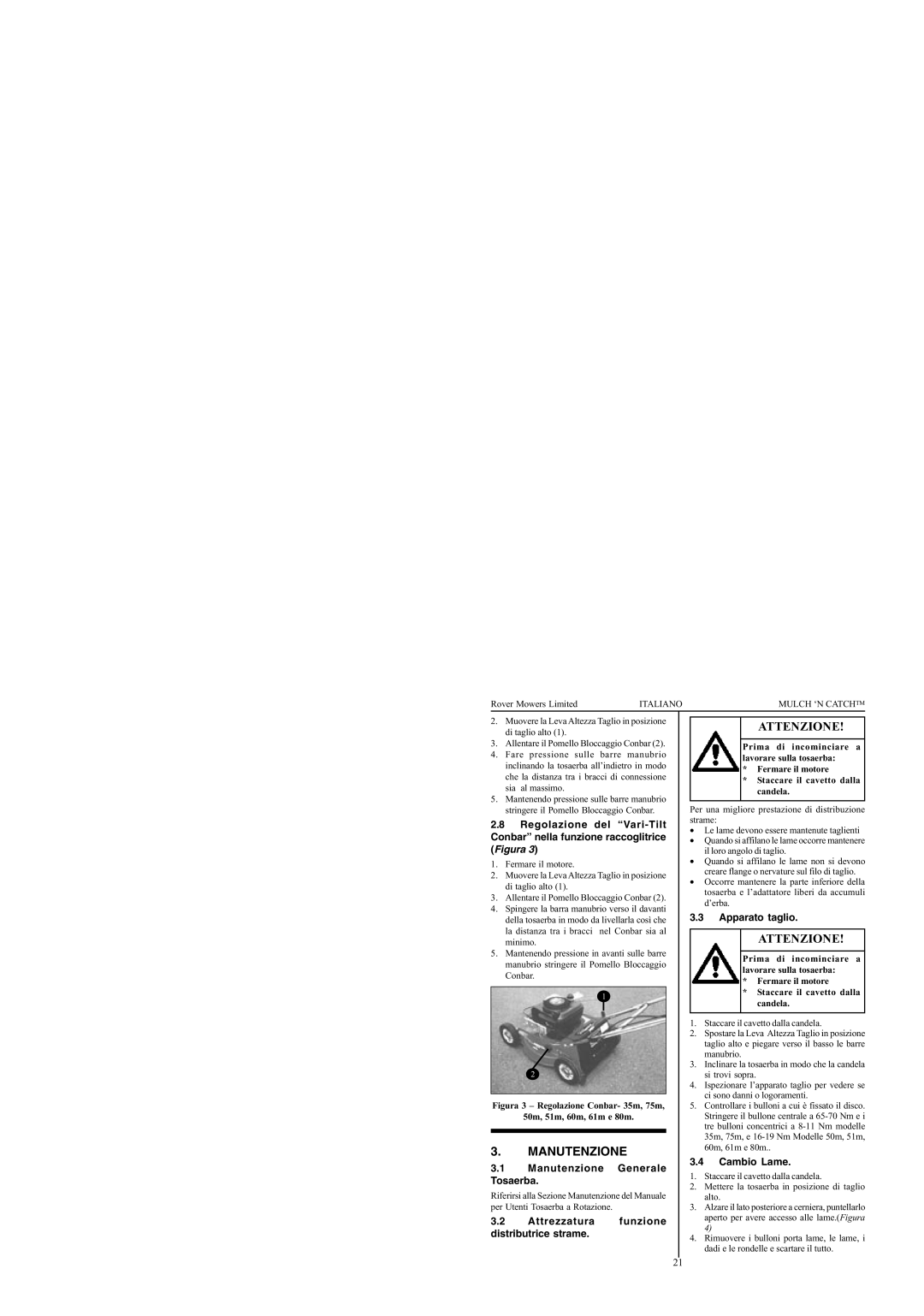35m, 75m, 50m, 51m, 60m, 61m, 80m specifications
The Rover 35m, 75m, 50m, 51m, 60m, 61m, and 80m are a series of advanced marine vessels designed and manufactured for various applications. Each model has distinct characteristics, technologies, and features that cater to specific operational needs.The Rover 35m is recognized for its compact size and agility. Featuring a lightweight composite hull, it boasts high maneuverability and speed, making it an ideal choice for coastal operations and patrol duties. The vessel is equipped with state-of-the-art navigational systems, including GPS and radar technology, ensuring precise operation in various weather conditions. Its deck arrangement is optimized for quick access to equipment and personnel, enhancing operational efficiency.
The Rover 50m takes a step up in versatility, perfect for extended missions. This model incorporates advanced communication technologies, enabling real-time data transfer and coordination with shore-based operations. It has a larger cargo capacity and customizable interior configurations, allowing it to function as a research vessel, supply ship, or support craft for offshore projects. Its enhanced fuel efficiency contributes to longer operational durations without the need for refueling.
The Rover 51m is an evolution of the 50m series, integrating hybrid propulsion technology. This innovation significantly reduces emissions and operational costs, aligning with contemporary environmental standards. The hybrid system allows for silent running in sensitive marine environments, making it suitable for scientific research operations. The vessel is also equipped with cutting-edge sonar and imaging equipment for underwater exploration.
The Rover 60m emphasizes robustness and can undertake harsh maritime conditions. Its reinforced structure is designed for ice-class operations, making it suitable for polar expeditions and resource extraction in extreme environments. The advanced safety systems and emergency response features ensure the vessel's operability under adverse conditions, providing reliability and peace of mind during critical missions.
The Rover 61m builds on the 60m's strengths, but with an enhanced focus on luxury and comfort for longer voyages. This model is equipped with high-end accommodations and amenities, catering to crew and guests alike. Advanced stabilization systems ensure smooth sailing, reducing discomfort and fatigue on extended journeys.
The Rover 75m is a large multi-role vessel, ideal for offshore support tasks. It features a substantial deck space for the transport of heavy equipment and personnel, integrating helicopter landing capabilities for air support operations. Its powerful engines and dynamic positioning systems enable it to maintain station in challenging sea conditions, making it a preferred choice for offshore drilling or maintenance.
Finally, the Rover 80m represents the pinnacle of this series, combining the functionalities of all previous models while offering superior performance. This flagship vessel integrates the latest advancements in marine technology, including AI-powered navigation and automated systems that enhance operational efficiency. Its spacious design allows for extensive mission adaptability, making it suitable for a range of scenarios from research to humanitarian aid.
Overall, the Rover series exemplifies innovation and functionality in marine engineering, catering to a diverse set of operational demands in modern maritime environments.

